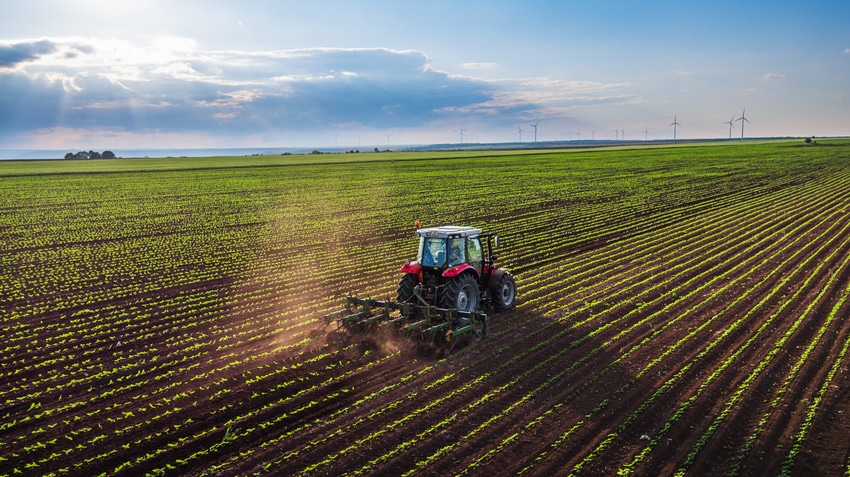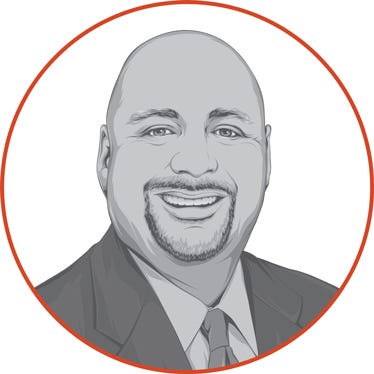
A neighbor asked if I had any interest in taking over his acres next year. What are some things to think about as I consider this opportunity?
— S.F., Ohio
Congratulations on your neighbor wanting you to farm his ground. That speaks volumes about how you’ve been running your operation.
When it comes to adding land, it’s hard to say anything other than, “Yes, I’ll take it.” Here are a few things to think about.
First is efficiency. To compete in a commodity business, you must be a low-cost-per-unit producer. But there are more than variable costs and fixed costs.
Variable costs include fuel, seed and chemical, which change based on the number of acres farmed. Fixed costs, regardless of how many acres are farmed, are spread over those acres, such as salaries and the cost of farm buildings.
But in between are step-up costs. When you reach a point of maximum efficiency, step-up costs force you to spend more to get to the next step.
Equipment is a major one. With your current equipment line, there’s a point of maximum efficiency — where the cost you’ve invested is maximized on a per bushel basis.
At some point, the next additional 100 or 200 acres require you to expand the equipment line. Then, the operation goes backward in efficiency because costs have increased and are spread over only a few more acres than before.
The same thing happens with labor costs if you find you need a full-time employee due to growth. The addition is a step-up cost added across your bushels, even if you’ve added just a couple hundred acres.
Think about your current operation in relation to the expansion opportunity. Consider not only your financial risk tolerance for the added land, but also when you’ll hit maximum efficiency.
Frye is president and CEO of Water Street Solutions. [email protected]
About the Author(s)
You May Also Like






